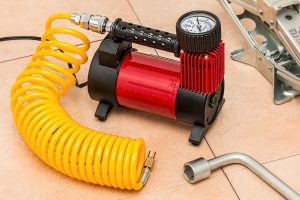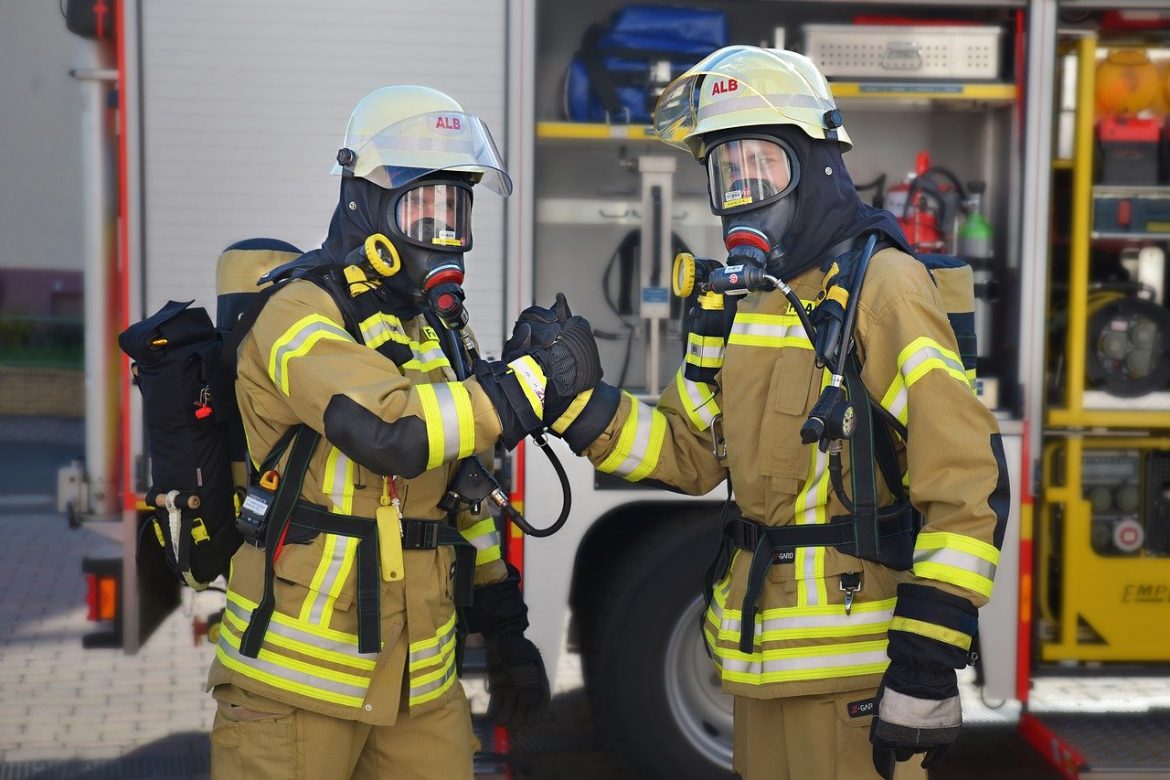Did you know that compressed air production can be worth up to 40% of the total energy cost of a manufacturing plant?
Perhaps not everyone knows that the most important component in the total cost of compressed air – including investment and maintenance costs – is energy consumption.
In fact, during the life of a compressor, energy costs several times the initial purchase price of the compressor. Consequently, acting on the energy efficiency of an industrial air compressor room saves money, as well as contributing to environmental protection.
Here are our tips for improving the energy efficiency of the compressed air system:
1) Turn off the compressors
Set machines to turn off when not in use. Based on shift management, turning off compressors in the evenings and on weekends can reduce your energy bill, on average, by up to 20%.
2) Repair leaks
starting with the oldest and largest pipes; About 80% of air leaks are inaudible by ear, so external audit support may be required to locate air leakage points.
3) Prevent new losses
It’s simple: dried and filtered compressed air keeps piping free of dust and condensation, which helps prevent new leak points from forming.

4) Reduce pressure
It works at the pressures required by production and not beyond, remembering that every 0.7 bar reduction in line pressure can reduce energy consumption by 1%.
5) Check the steam traps
The use of traps timed to “no leakage” means that they will not open when needed, thus avoiding wasting no compressed air!
6) Review the piping structure
Increasing the diameter of the pipes or using better material can reduce pressure drops by up to 50%. In addition, reducing the distance that air has to travel can decrease pressure drops by an additional 20-40%.
7) Change the filters systematically:
Just as changing the oil of air compressors at scheduled intervals ensures optimum performance, regularly changing filters ensures the required air quality and prevents pressure drops.
8) Recover the heat:
Compressing air generates heat and it is possible to recover up to 90% of the heat from the compressed air produced, to be used for any internal needs of the system.
9) Do proper maintenance:
The proper maintenance of compressors helps to cut energy costs and reduce the possibility of failure, which usually involve downtime and loss of production.
10) Eliminate improper use of compressed air:
Improper uses include all those operations that can be carried out more effectively or efficiently, by means other than compressed air.
11) Compressor efficiency
The key to evaluating compressor performance is the specific power or air consumption. It’s important:
● Identify compressors and optimize their use
● Optimize system control/load profile
● Improve system trim and performance
The consumption of the compressors indicates the load and times of use, data that influence energy costs. The pressure is also an important parameter for evaluating compressor and system performance.
12) System balancing and losses
Typically the plants have losses equal to 20-30% of the compressed air production capacity. In well-maintained systems, this loss is reduced to less than 10%. The measurement of the flow rate in different points of the air balancing system can help to calculate the pressure drops, for:
- Repair interruptions
- Avoid long periods of compressor inactivity
- Reduce maintenance and unscheduled downtime
- Avoid adding power to the compressor
This list is just a summary of points to consider when looking for ways to improve energy efficiency.




